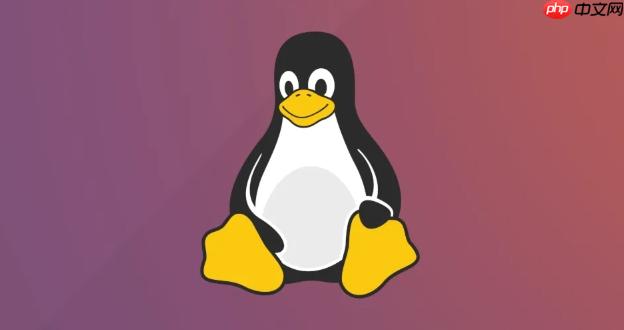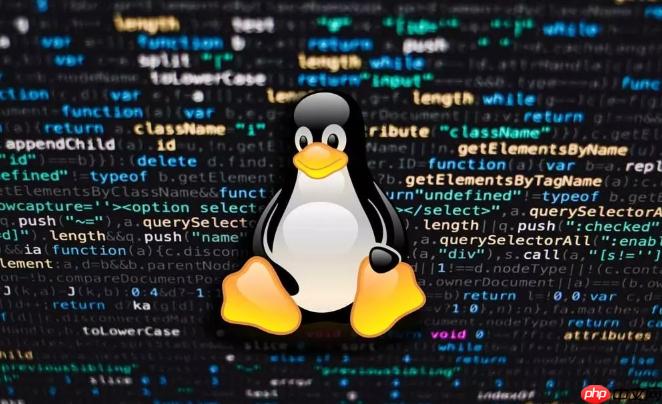
在Linux系统中检查软件包是否存在安全更新,主要依赖于你使用的发行版和对应的包管理工具。下面介绍几种主流Linux系统中的常用方法。
Ubuntu/Debian:使用 apt-check 或 apt list
Debian系系统提供了多种方式来识别待安装的安全更新。
方法一:使用 check-security 工具(需安装)
sudo apt install unattended-upgrades
安装后可直接运行以下命令查看安全更新:
sudo /usr/share/unattended-upgrades/unattended-upgrade-shutdown –dry-run
方法二:使用 apt list 筛选可更新包
apt list –upgradable
输出中会列出所有可升级的包。若想重点关注安全更新,可结合源配置判断——通常安全更新来自
security.ubuntu.com
源。
方法三:查看安全更新源是否启用
grep -r security /etc/apt/sources.list /etc/apt/sources.list.d/
确保类似
http://security.ubuntu.com
的源存在并启用。

CentOS/RHEL/Fedora:使用 dnf 或 yum-plugin-security
Red Hat系系统可通过插件专门查询安全更新。
对于 CentOS 8 / RHEL 8 / Fedora 使用 dnf:
sudo dnf updateinfo list sec
该命令列出所有安全相关的更新。加上
--sec-severity=Critical
可过滤高危补丁:
sudo dnf updateinfo list sec –sec-severity=Critical
查看具体某个包是否有安全更新:
sudo dnf updateinfo info <package-name>
旧版本使用 yum 时需先安装插件:
sudo yum install yum-plugin-security sudo yum –security check-update 
通用方法:通过脚本或监控工具自动化检测
生产环境中建议定期自动检查并通知管理员。
- 编写定时任务(cron)调用上述命令并发送邮件提醒
- 使用监控工具如 Nagios、Zabbix 配置安全更新检查插件
- 部署自动化运维工具(如 Ansible)批量扫描多台服务器
例如一个简单的检查脚本:
#!/bin/bash
if command -v dnf > /dev/null; then
dnf updateinfo list sec | grep -v “No security updates”
elif command -v yum > /dev/null; then
yum –security check-update
elif command -v apt > /dev/null; then
apt list –upgradable 2>/dev/null | grep -i security
fi
基本上就这些。关键是根据你的系统选择合适的工具,并保持更新源配置正确。安全更新信息通常只在启用了对应仓库时才能获取。
linux centos ubuntu 工具 ios dnf linux系统 red NULL 并发 http linux ubuntu centos debian 自动化 ansible zabbix


